The many moons of Alex Huber
1 May 2007
6:56 PM
Some years ago Photoshop entered the public consciousness. Before, it was known only by the designers and photographers who used it. These days everyone knows about Photoshop and expects it to work retouching miracles. Photoshop’s ubiquity has come at the cost of increased wariness of photos’ credibility. Now when you see a beautiful or impressive photograph you wonder how much is reality and how much is digital magic.
Once you have used Photoshop for awhile, it’s easy to recognize certain tell-tale signs that something has been added or changed. At many postcard stands in Chile you can find cards from Alex Huber. The first time I saw one I was all but certain that it had been Photoshopped. I thought the moon in this photo had been added.

The giveaway is that the moon is far too large in the picture. Unless you use a long telephoto lens, the moon appears tiny in photos. And when you use such a lens, you can’t get the panoramic perspective that you see in this picture.
Want more proof? It turns out that Huber has a moon fetish. Here are some more of his postcards that also have unrealistically large moons in them.
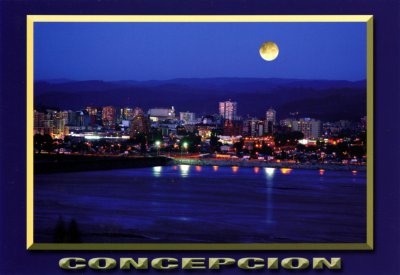


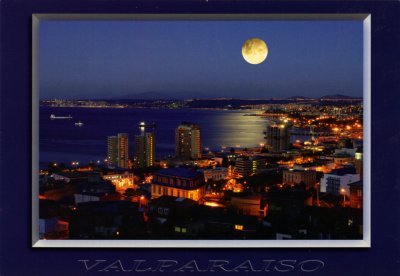
OK, so Huber loves the moon. To a less scrutinizing eye, though, it could just be that he is exceptionally skilled moon photographer. Upon closer inspection, it turns out that these aren’t just postcards with digitally-added moons; they’re photos that have the exact same digitally-added moon. Look at these enlarged sections of the moon in each picture.
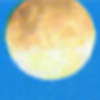
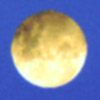
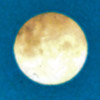
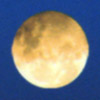
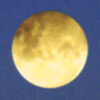
Though the size and brightness vary in the photos, the shading of the moon in each is identical. Looking back at two of the photos, you can see that highlights have been added to the water to show the reflecting moonlight.
Clearly we have varying expectations about when photos can be changed. Photos in the New York Times are subject to different standards than photos on the cover of Vogue. This is why the L.A. Times photographer who changed his Iraq photo got fired, while designers at ad agencies get paid to change photos in similar ways. We expect new photos not to be changed while we expect cover models to be retouched out of reality— or at least it doesn’t surprise us.
Postcards probably fall somewhere in between. The ideal is to depict a real scene or event, something you could have seen if only you had been there, but also something that is visually attractive. For that reason, retouching and compositing multiple photos are sometimes necessary. As a matter of honesty, if something has been changed, the card should indicate somewhere that it is a composite photograph. On this count Huber is headed in the right direction. One of the five cards shown here credits him with “photo and digital post-production.” The other four do not.
Another option would be to make the retouching so obvious that no one would ever believe the photo hasn’t been retouched. Here’s another Huber moon classic that takes that approach:

But then you have a new problem: your postcard is ugly. Well, you can’t win them all.
I’ve got all these moon postcards lying around now, so the first six people who leave comments will receive an Alex Huber postcard from Chile. I’ll contact you for your mailing address.
Comments